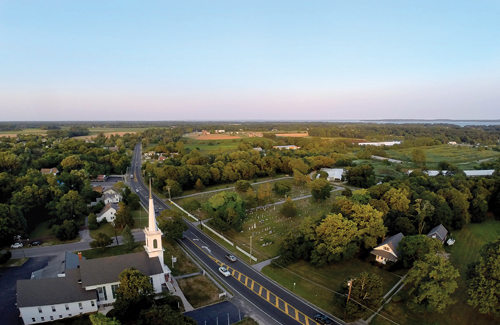Featured Letter: Saying no to proposed historic preservation

To the editor:
“The natural progress of things is for government to gain ground and liberty to yield,” said Thomas Jefferson. A blanket historic preservation designation from Route 105 east along Main Road is proof that government is not a friend of business. Creating a blanket historic corridor so those individual property owners wishing to apply for preservation credits comes at the cost of including property owners who do not wish to be included.
The following are my concerns as outlined in “Legal Aspects of Municipal Historic Preservation,” complied by James A. Coon, local government technical series, New York State.
• Most municipalities that have enacted historic preservation laws or ordinances, whether through zoning or separate preservation legislation, establish a separate body to review proposed projects located in historic districts or affecting historic properties.
• A change in use may also subject the designated property to review.
• Through site plan review, a municipality could also empower a historic review board to review proposed projects in historic areas and require applicants to meet certain architectural requirements. While this enabling legislation includes the authority to regulate districts, it supplements the zoning powers of local governments by allowing historic landmark controls. It differs from zoning because its purpose is not the regulation of land uses, per se, but protection of a community’s historic resources, even — in limited circumstances — the interior of buildings.
• Where both zoning and landmark laws apply, the applicant must comply with both. Consequently, an applicant who seeks to establish a use which is permitted under a zoning law may be denied permission to alter an historic building where the reviewing body (typically a Landmarks or Historic Preservation Commission) finds that the proposal would not comply with the requirements of the local landmark law.
There are enough rules, regulations and restrictions on property rights. The difference between our successful economy and that of third-world countries is the rule of law and the respect of property rights. I object that my property, 1116 Main Road, Aquebogue, be included in the proposed historic preservation program.
Anacletus Galasso III, Riverhead








